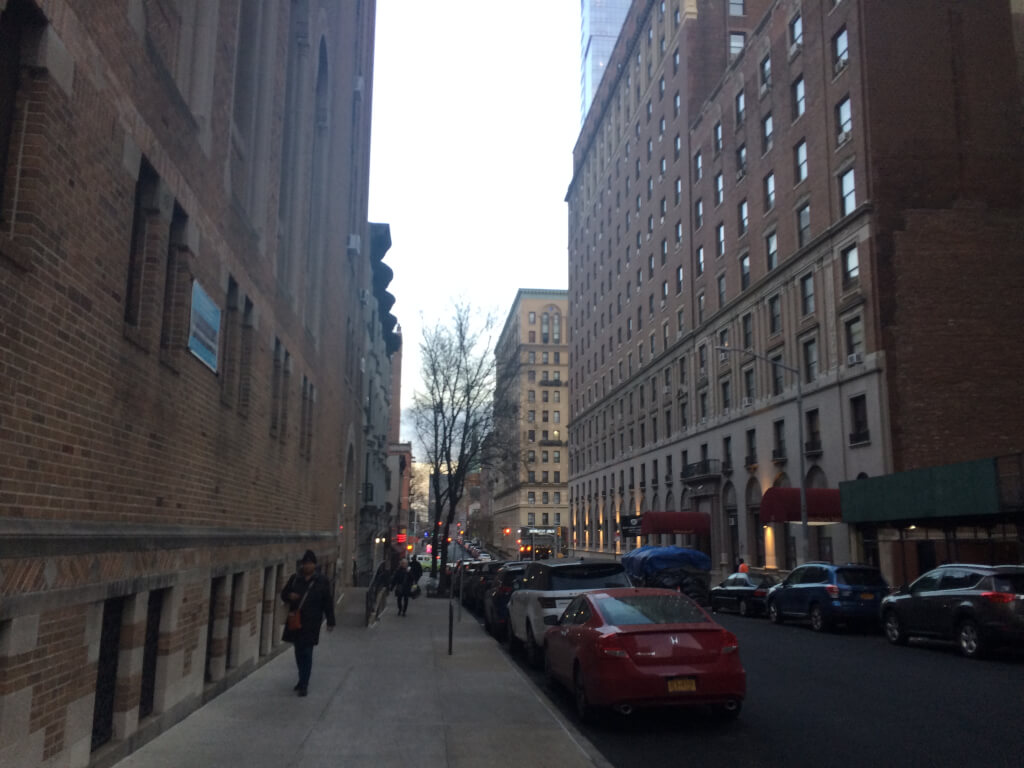Not Gone With the Wind: Why Hurricanes Don't Destroy Skyscrapers in New York
'10.08.2020'
Firyuza Yanchilina
Looking at the thin, tall buildings in the United States, one cannot help wondering how resistant they are to gusts of wind? Will the skyscrapers of Manhattan fly apart in a particularly severe hurricane?
In fact, there is no need to worry about high-rise buildings, as whole teams of various engineers have seriously worked on their projects. They took into account everything, including the weather conditions of the area where the supertoll is being erected (that is, an ultra-tall building, above 300 meters), as well as the features of the soil.
It is known that the tallest skyscrapers are now located on the Arabian Peninsula. These are the Burj Khalifa in the United Arab Emirates, 828 meters high and the Jeddah Tower in Saudi Arabia, 1007 meters high. The ground on which the construction giants rise is shaky. The Arabian land is desert, sandy, consisting of bottom sediments of the ancient ocean. Only at depth can you find relatively hard, calcareous, rocky soil. It turns out that even on such seemingly unreliable soil, high-rise wonders of the world can be erected. Compared to Arabia, Manhattan is resilience and toughness itself. On this island of skyscrapers, the soil is rocky, located on the surface. It is quite easy to build almost any structure on such a surface.

When constructing skyscrapers and, in general, any high-rise buildings, it is necessary to take into account not only winds and hurricanes, but also earthquakes. They must withstand any movement of the soil and meet all the criteria for earthquake resistance.

Winds are less dangerous than earthquakes. However, skyscraper builders take into account that hurricanes are common in the United States. These intruders love to keep the coastal areas on their toes. Logically, the higher the skyscrapers, the more vulnerable they are to strong winds. Therefore, there is even a special kind of engineers - wind specialists. They have to rack their brains to ensure that the slender, tall, seemingly fragile building will withstand any storm. For example, the Emirati Burj Khalifa has an asymmetrical, stepped structure. The wind, falling on such a structure, gets confused and "breaks", all its attempts to rock the building end in failure. Many Manhattan buildings trick the winds with cut corners that destroy suction forces.

There is another trick with skyscrapers. On top of their heads, sometimes a "knob" weighing up to 1000 tons and more is installed, which is called an "inertial damper". When a strong wind blows and tilts the building, the knob pulls it in the opposite direction, thereby maintaining the balance of the high-rise.
On the subject: City of skyscrapers: why skyscrapers in New York are placed in groups
But that's not all. In the construction of high-rise buildings, so-called outriggers are used. These are horizontal metal structures that extend from the main core - the core of the building. Such supports seem to "hold" the skyscraper. Such schemes have been tested in areas of high seismicity in Asia, and they have proven themselves very well. Thanks to outriggers, skyscrapers of the most bizarre shapes are created.
Moreover, after the tragedy with the Twin Towers in Manhattan, architects are developing buildings that are resistant even to aircraft attacks. That is, if a kamikaze crashes into one side of a skyscraper, then the destruction will be partial and local, the untouched part of the building will remain unharmed. It goes without saying that any hurricane, even of the highest category, is an incomparably lesser evil and "anti-aircraft" skyscrapers can easily extinguish them due to the correct distribution of the load.

Due to its flexible and movable structure, the skyscraper can bend during hurricanes, but then straightens, taking its original position. On the Internet, you will find stories of people who suffered hurricanes in skyscrapers. They assure that they heard the creak of the skyscraper, which is evidence of its rocking. But when the elements calmed down, the skyscrapers also calmed down, ceasing to make frightening sounds and straightened to their true height.
This is how they are, modern skyscrapers, not only impressively tall and beautiful, but also durable.







